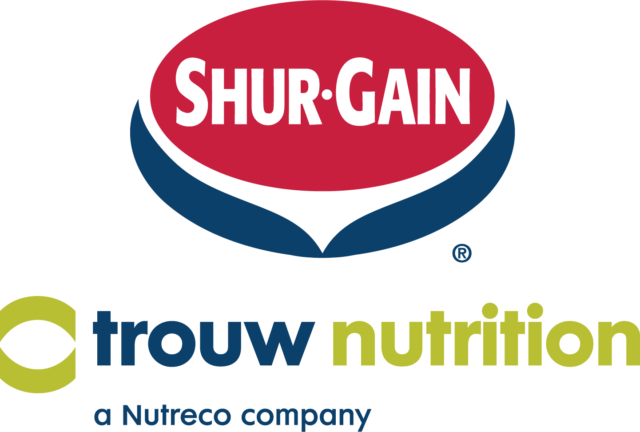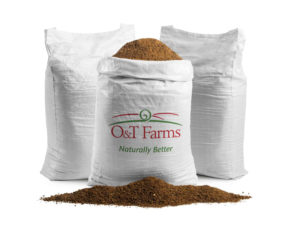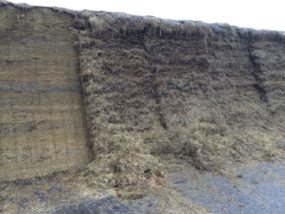Producers who work with corn silage sometimes wonder about the optimal proportion of this ingredient in their diet. Answering this question is no easy task, as the effects of changing it are multiple and complex. Let's look at the facts to guide our decisions.
Before getting started, we need to clarify how we define corn silage ratios. In this article, we'll define this percentage as the ratio of corn silage to total forage, in kilograms of dry matter (DM). For example, a ration with 10.8 kilograms DM corn silage and 7.2 kilograms DM haycrop silage would have a ratio of 60% (10.8 ÷ (10.8 + 7.2) × 100). So what ratio should you aim for when working with corn silage?
Impact in the barn
Each type of forage has its own advantages in the diet. Corn silage provides stability over time in terms of nutritional value, as well as low-cost energy. Perennial forages are mainly used to provide an affordable source of degradable protein, as well as physically effective fibre to help optimize rumen health.
To what degree can the proportion of these different forages influence cow performance? A study conducted by the Miner Institute in New York has attempted to answer this question; researchers compared five rations containing high-quality alfalfa hay and corn silage. The proportion of corn silage varied from 10% to 90% (Table 1) between rations.

The ratio of corn silage had no significant impact on intake, energy-corrected milk production, percentage of components or kilograms of fat produced. On the other hand, true protein production was optimized at a ratio of 70%. One theory is that with this ratio, degradable alfalfa proteins better complemented the fermentable corn starch, and this optimized rumen microbial protein production. It was also at this ratio that the lowest milk urea level was observed, supporting the hypothesis of better nitrogen utilization in the rumen. The proportion of de novo fatty acids was higher with a ratio between 50% and 70% corn silage, indicating that rumen health was better between these two ratios.
The conclusion of this study is that cows can perform well regardless of the corn silage ratio. However, rumen health and animal performance seem to be optimized when the corn silage ratio is between 50% and 70%.
Several other studies have also explored this question. When we combine the results of all these studies, we can conclude that, in general, animal performance is often optimized when extremes are avoided and when the ratio is around 50% (plus or minus 25%).
Of course, the ratio chosen will affect the desired type of forage mix, as well as the importance of crop quality. A higher corn silage ratio requires a higher-protein forage and therefore a legume-based mixture. Conversely, when the forage mix occupies a larger place in the ration, a higher proportion of grasses is preferred, and the quality of the harvested material becomes even more important.
However, the answer to the initial question must go beyond nutritional impacts. A dairy farm isn't just a barn; it's also cropping.
Impact in the field
In the field, each type of forage has its own advantages for the farm. With corn silage, you benefit from high yields and simpler harvesting. Perennial forage plants have a positive impact on soil health and the yield of the following crop, all while reducing the amount of nitrogen required.
However, to take full advantage of the agronomic benefits associated with haycrops, it must be given a place of choice in the rotation. Ultimately, it's the proportion of corn silage in the ration and the yields that will determine the field rotation used on the farm.
Using the yields and hectares available on the average farm, we can quickly conclude that with a corn silage ratio of 70% or more, it becomes very difficult to have an optimal rotation, i.e., one that doesn't include two years or more in a row of corn on the same plot. Second-year corn is much more expensive to produce than corn following haycrops or soybeans, due to the impact on yield and the amount of added nitrogen required (Table 2).

In this study carried out in Wisconsin, researchers evaluated the effect of 30 years of rotation on the yield of grain corn receiving different nitrogen inputs. For second-year corn in a rotation including three years of alfalfa (rotation 2), an added nitrogen dose of 224 kilograms per hectare was required to achieve a yield of around 10 tons per hectare. For corn following soybeans in a rotation including two years of alfalfa (rotation 3), even though the added nitrogen dose was cut in half, the yield was close to 10 tons per hectare. And for corn on a three-year alfalfa return, even though no added nitrogen was applied, a yield of 10 tons per hectare was obtained. A dose of 112 kilograms per hectare of nitrogen fertilizer enabled an additional 1 ton per hectare of yield to be achieved. We can easily imagine the result would be similar for corn silage yields. On a farm scale, imagine the impact this could have on the bottom line.
Consider the impact on diseases. It's well known that successive corn cultivation is one of the main factors behind the presence of corn ear rot, the disease most responsible for mycotoxin problems. This can have a major impact on animal performance, as well as on feed costs. Optimal crop rotation drastically reduces the risk of these problems.
Which ratio to choose?
Considering all of the above, what is the optimal ratio? The reality is that the answer varies from farm to farm, depending on many factors. It's up to you to analyze the pros and cons of your situation. Keeping track of your feed costs, your margin-over-feed costs and herd component production in the barn is just one place to start – once you determine where your herd’s optimal ratio lies for you, adjusting your crop rotations appropriately is the next step, if possible. Your herd advisers are also a great resource – consider reviewing your data with your nutritionist and crop adviser the next time they visit to set your herd on the path to optimal profitability and health.










